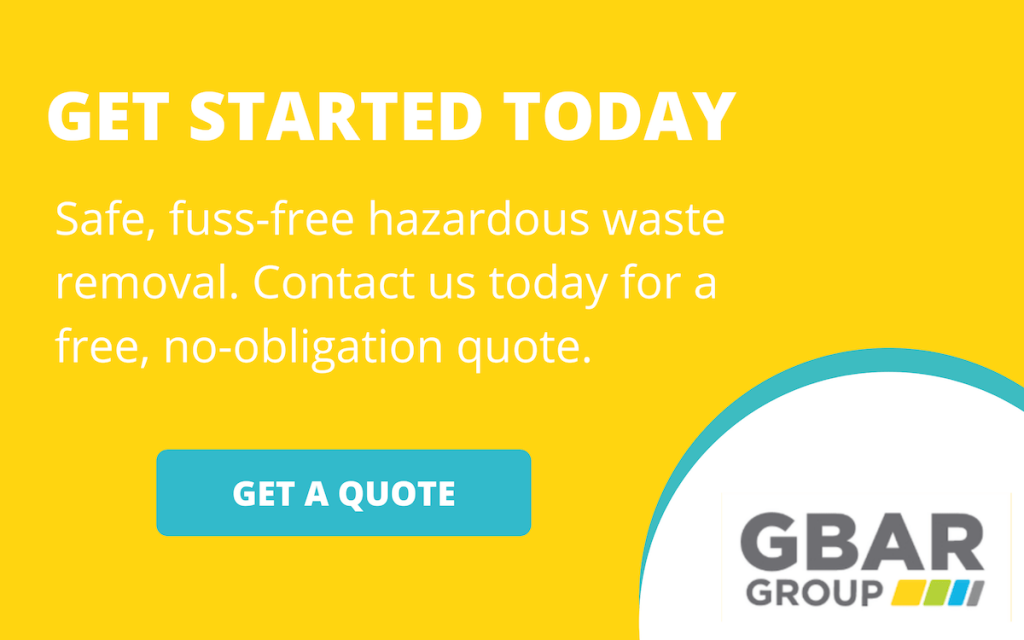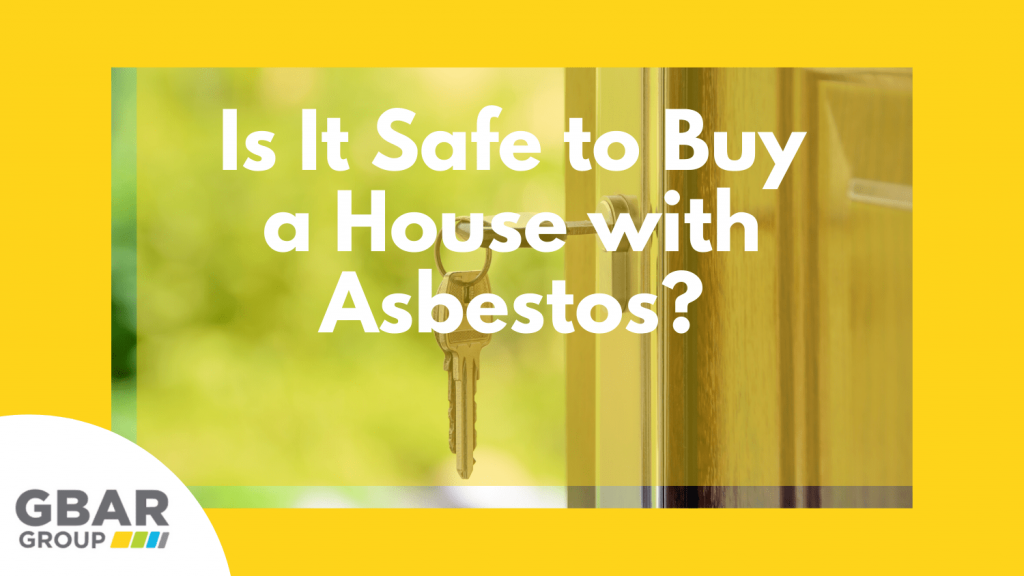
Asbestos is a naturally occurring mineral that was heavily used in the construction and manufacturing industries of Australia between the 1930s and 1990s. For a long period of time, asbestos was the go-to material for domestic construction and building. Eventually, it was revealed by scientific medical research that the tiny asbestos fibres being released by asbestos were not safe for incidental human inhalation and consumption.
Before the nation-wide ban in Australia in 2003, asbestos was an occupational hazard for miners, builders, factory workers, and insulation installers. Many asbestos workers who operated with and around the material during the peak of asbestos use have developed chronic and debilitating asbestos-related illnesses.
Asbestos fibres are tiny microscopic particles that can easily release into the air. Once they do become airborne, humans are at risk of inhalation. Asbestos fibres do not decompose – once they someone breathes them in, the fibres become trapped in the lungs where they develop scarring and significant health concerns with time.
The most common and debilitating asbestos-related diseases include mesothelioma, lung cancer, asbestosis and pleural plaquing. Asbestos-related diseases and illnesses have a latency period ranging from 10 years to 40 years after the initial exposure. With a material as dangerous as asbestos, is it safe to buy a house with asbestos?
The Safety of Asbestos
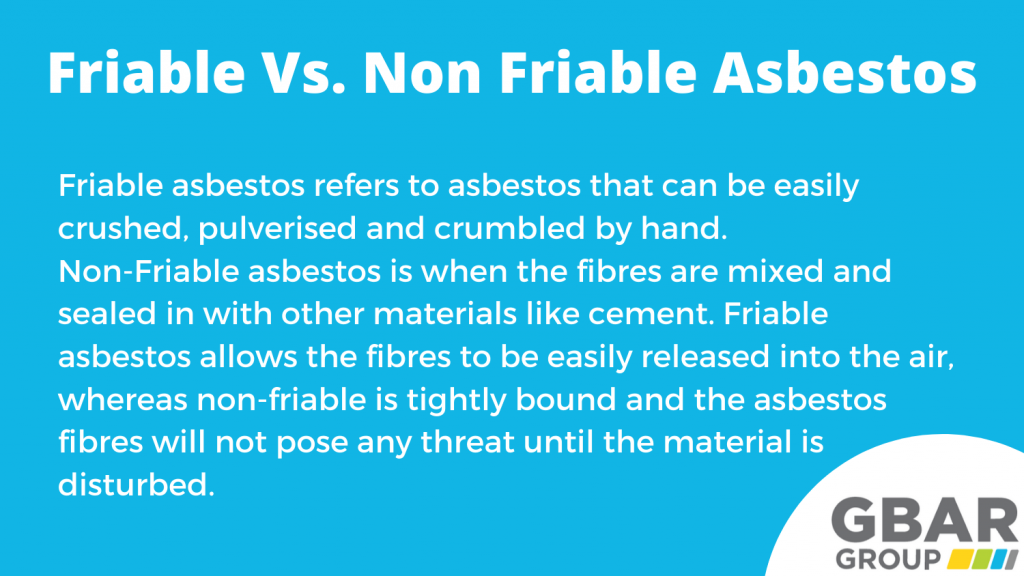
Asbestos is an extremely harmful mineral. Classified as a toxic substance, human exposure to asbestos is very dangerous. However, asbestos fibres can only become airborne and hazardous when the materials are friable: meaning the materials are raw, loose, and can easily be crumbled, pulverised, and broken.
As soon as asbestos materials are classed as friable, they are an immediate danger of becoming airborne and harmful. Friable asbestos is commonly found in raw insulation (Mr Fluffy Asbestos), and when asbestos-containing materials become damaged, disturbed, or begin to deteriorate.
The asbestos materials that do not pose an immediate threat are those that are classed as non-friable. Non-friable asbestos means that the asbestos fibres are tightly bound within a solid matrix (e.g. Cement in asbestos cement sheeting). Given the asbestos is mixed in and set with other materials, the asbestos is not raw, and the fibres cannot be released into the air and inhaled.
Non-friable asbestos will only pose a threat when it is damaged, disturbed, or broken; in which it then becomes friable asbestos. This is when it might be worth considering “is it safe to buy a house with asbestos?”
Asbestos in Australian Homes
Selling, buying, importing, manufacturing, mining and transporting asbestos are all illegal in Australia. However, many older homes were typically constructed with asbestos and remain somewhat contaminated. It is estimated that approximately one-third of Australian households contain asbestos in some form or another. Furthermore, as a general rule of thumb, houses that were constructed or renovated prior to 1990 are likely to contain asbestos materials.
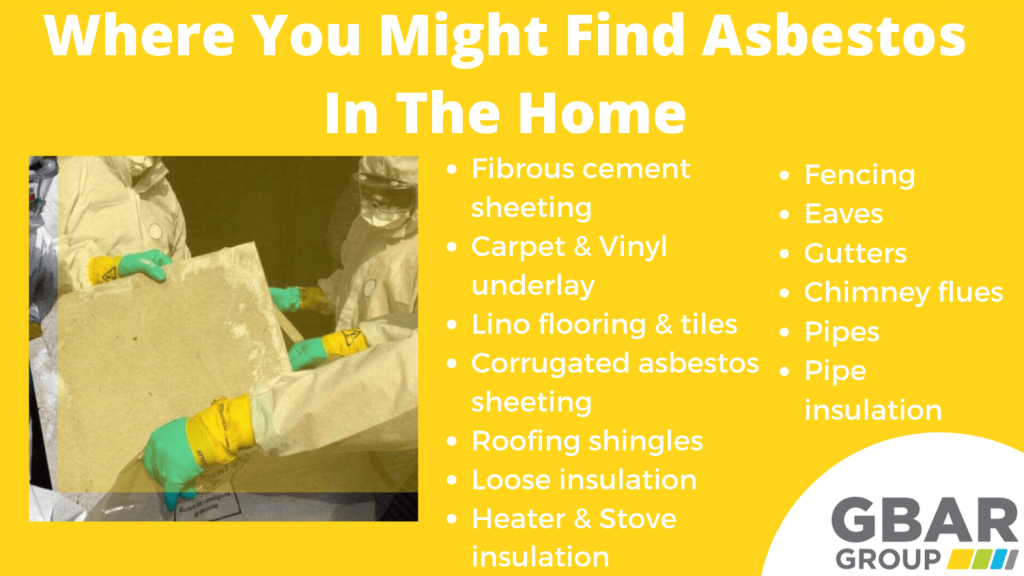
Asbestos materials are frequently found in the walls, ceilings, paints, pipes, and wet areas of a house. It’s not uncommon for asbestos to be found in both carpet and tile underlay too.
As stated earlier, not all asbestos materials are an immediate threat to human health. However, it is definitely worth having an idea of which materials on a property contain asbestos, and which are in danger of becoming friable. As more houses begin to age in Australia, more property owners should consider the materials holding their houses together – especially when undergoing renovations, DIY home improvements, or when they’re thinking of selling or purchasing a property.
Is It Safe to Buy a House with Asbestos?
Asbestos-contaminated houses are only becoming more prevalent in the housing market. As more houses begin to age, and as more people move on from their older homes, it should come as no surprise that there are plenty of houses being sold and bought with asbestos materials in situ.
It is not uncommon for older Australian homes to contain asbestos. Furthermore, during a house inspection, the inspector is legally obliged to point out any asbestos materials on a property. However, that’s not to say that an inspection will determine whether or not the property is entirely safe.
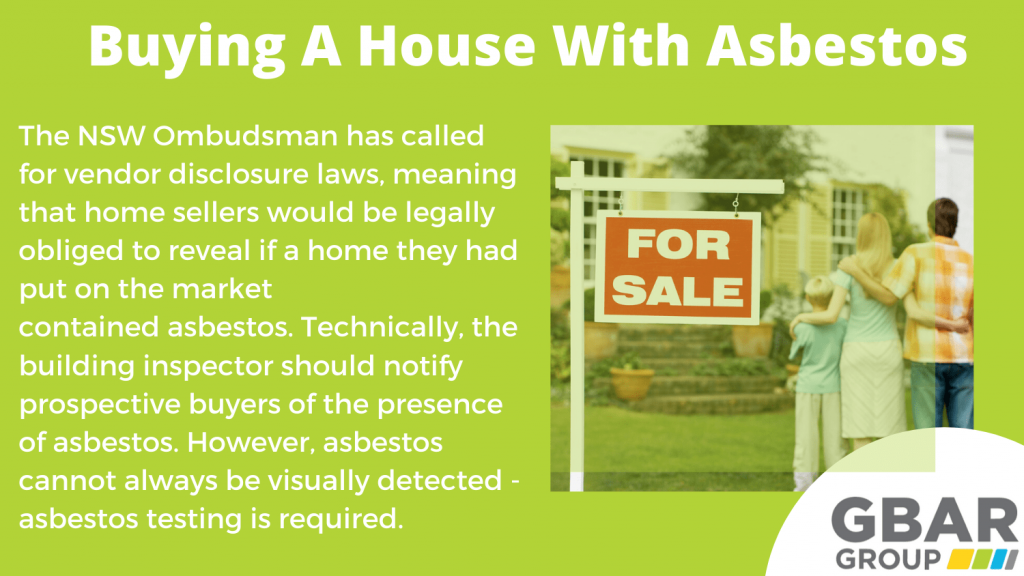
The best answer to whether or not is it safe to buy a house with asbestos is to get yourself an asbestos evaluation. Unless the real estate agent unequivocally confirms that the property is free of asbestos, full professional asbestos testing and evaluation is worthwhile before purchasing the home.
Just because a property may contain asbestos, does not mean it is unsafe. Many asbestos-containing materials will withstand the test of time and age, keeping the fibres locked in with binding materials. However, with every house, there will be general wear and tear, and a property owner can easily be exposed to asbestos unknowingly. The best way to be sure on whether a prospective house is safe or not is to take the inspection one step further and engage with a professional asbestos evaluation team.
Should I Buy A House with Asbestos?
Buying a house that contains asbestos is not necessarily the worst thing in the world. If you can fully understand the risks and the potential costs, the presence of asbestos needn’t be a deal-breaker.
If the house you are thinking of buying has asbestos, you will need to have it further evaluated by an asbestos technician. Once you’ve had the asbestos checked out, consider the entire costs of safe asbestos removal. For potentially dangerous asbestos, professional asbestos removal is required. This will ensure you’re not exposing yourself as a renovator, you’re not exposing your tradespeople, and you’re not exposing your neighbours. Once a professional abatement company has quoted you, you can negotiate the cost of that removal off the house purchase price.
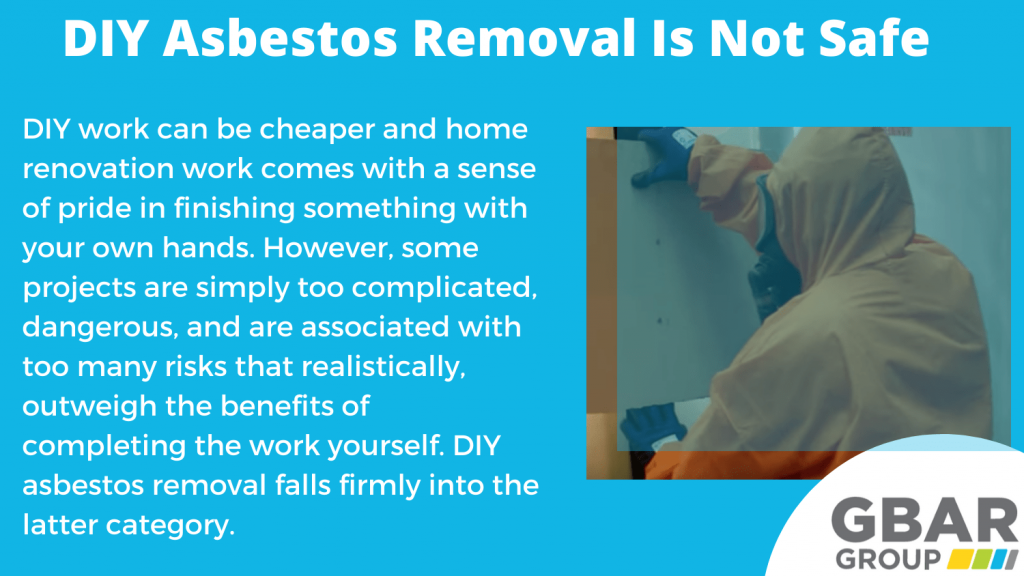
The reality is, do not buy a property with asbestos if you intend to remove it yourself. Asbestos organisations are predicting a third wave of asbestos victims – home renovators. DIY home renovation is not discouraged per se, however, many people lack the awareness of the dangers of renovating with or on asbestos.
So, when asking yourself “is it safe to buy a house with asbestos?” remember that while it is safe, (as long as the materials are not friable) the property purchase will come with some responsibilities.
With more than one-third of Australian homes contaminated with asbestos, it is not safe for prospective property owners to deal with asbestos alone. If you’re not sure about whether your prospective house is, get an asbestos evaluator on your side before making the purchase. If you’re not sure about dealing with asbestos yourself – call the asbestos abatement professionals. No amount of DIY satisfaction or money saved is worth the health of you and your family.
Call in The Experts
If your prospective property contains asbestos, call in the professionals at GBAR Group Australia. Licensed and qualified nation-wide, GBAR Group are Australia’s experts in asbestos abatement and hazardous material management. Don’t run the risk of putting your health or your family at risk – allow the professionals to get the job done right the first time.
Committed to the safety of our clients, we ensure every asbestos management job is executed perfectly to ensure there are no risks involved. Our team of experienced and fully trained professionals will assess, remove, and remediate all hazardous materials in your home. If you’d like to discuss your asbestos removal project, get in touch with one of our professionals today.
